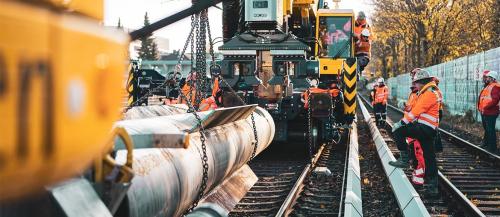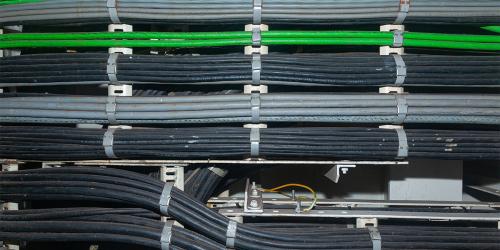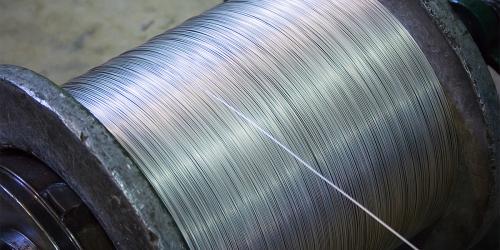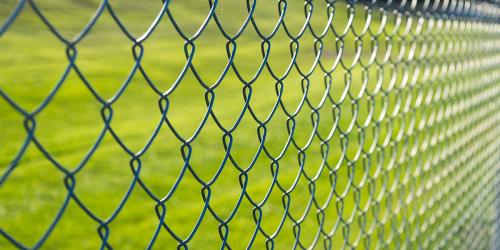As we continue our journey of addressing the many questions we get asked about our products, the materials they are made from and how best to use them, we have stumbled across a question we have been asking ourselves and decided to do a bit of research to find out the answers. The question was raised in our latest product development meeting. We were busy discussing the addition of sherardised annular ring nails to our product range. Then, one of our team members asked the million-dollar question. "What is the difference between galvanised and sherardised steel?"
Do you know? Neither did we
According to Wikipedia, the true description is ‘Sherardising is a process of galvanisation of ferrous metal surfaces, also called vapour galvanising and dry galvanising’. The process is named after British metallurgist Sherard Osborn Cowper-Coles (son of naval inventor Cowper Phipps Coles). Sherard invented and patented the method c. 1900. Galvanisation or galvanising is the process of applying a protective zinc coating to steel or iron, to prevent rusting. The most common method is hot-dip galvanising, in which the parts are submerged in a bath of molten hot zinc.
The main difference between galvanising and sherardising is how the zinc is attached/coated to the base steel material. Whilst they both require high temperatures in the process, sherardising uses a rotating drum to vaporise the zinc which then clings to the steel, whilst galvanising involves the steel being dipped in a bath containing the zinc.
These processes also have every different level of cost attached to them. Galvanising is a cheaper process and can also be completed on a larger scale bringing the costs down further. Contrastingly, sherardising is carried out in small batches and has a higher process cost. These two differences combined (cost and scale) result in galvanising being cheaper. Therefore galvanised products such as nails are cheaper than sherardised nails.
A versatile material
Just as a final point of interest, looking through our recent sales, some of our bestselling products are galvanised. One of which our Galvanised Tying Wire. Galvanised tying wire is often used in construction when reinforcing bars and insulation. However, it can also be used in applications such as mesh fencing, cables, hangers, and garden work. This wire is perfect for tying and lacing. Galvanised wire is not only flexible but is also exceptionally durable which means that it can be worked with to good effect for a broad range of tying needs.
Also, our Galvanised Steel Self Adhesive Insulation Pins - Galvanised Steel Insulation Hangers, also known as insulation pins, with a self-adhesive base. The self-adhesive base is usually used in situations where the pins are attaching to metal, for example, a smooth metal wall. If the pins are being attached to other surfaces such as plasterboard, brick, or stone then a perforated base is usually used.
If you have any more questions about galvanised or sherardised products, don't worry. You can get in touch with a member of our specialist team who'll be happy to help.






